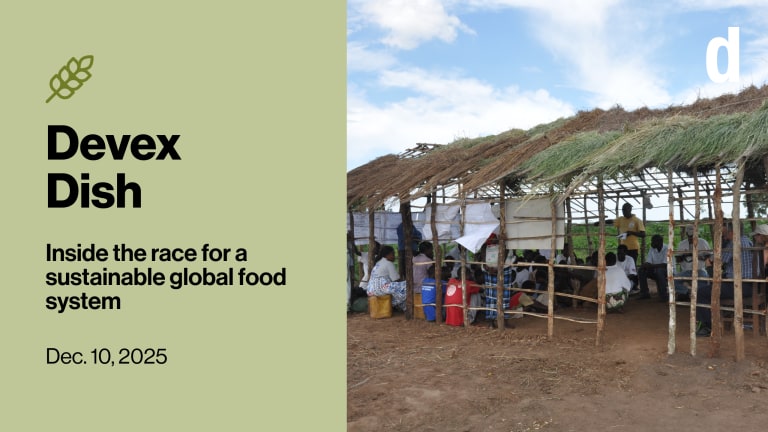The speed of the cuts to the U.S. Agency for International Development is probably the most significant shock wave to hit the sector since the start of official “Overseas Development Assistance” was classified in 1969. They are part of a wider trend — including cuts from the United Kingdom and many European donors — pushing us all to reevaluate the way forward. For years, rising aid budgets made it possible to accommodate both effective and ineffective programs. Cost-effective interventions such as cash transfers were added in at the margins, while traditional — but sometimes less well proven — projects continued to scale.
But today’s cuts, paired with rising global needs, make that complacency untenable. We cannot just ask: “Who will fill the gap?” We must also ask: “How do we spend better?”
Fortunately, we are not short of ideas on what works.








